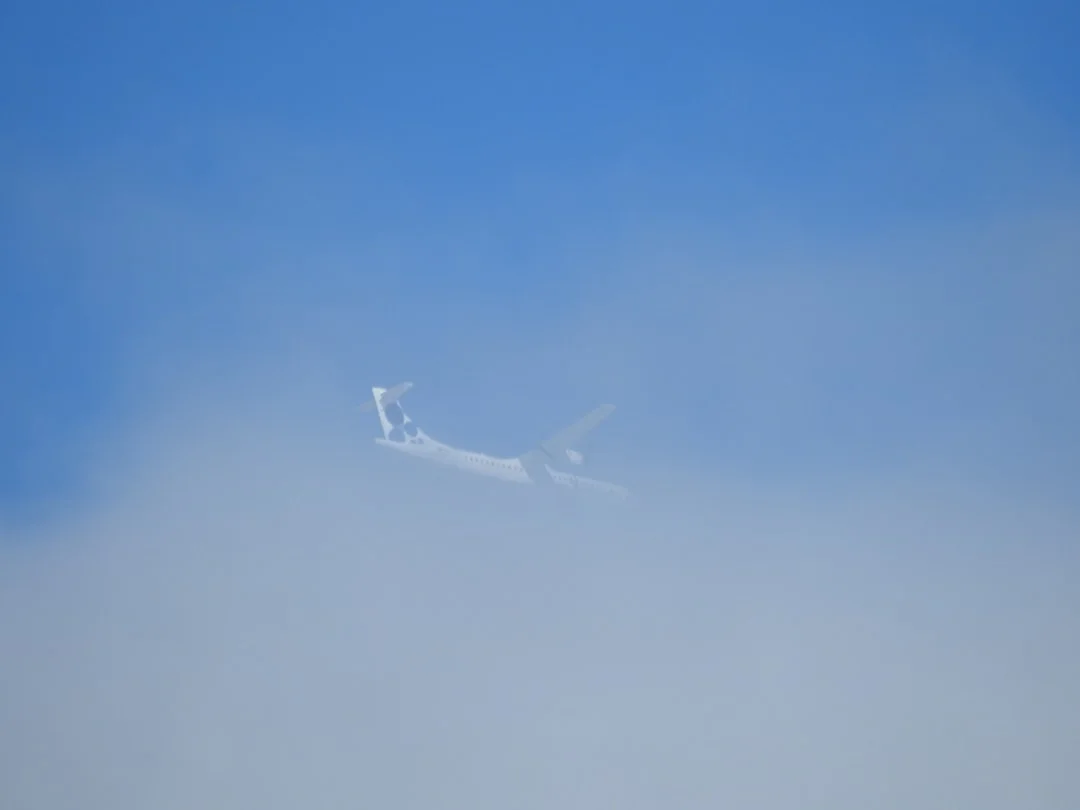Fault Isolation and Detection System (FIDS) is an important feature of the Airbus A320 aircraft. It is a system designed to monitor and detect faults or malfunctions that may occur during flight. The FIDS helps the crew identify the source of the problem and take appropriate action to resolve it.
The FIDS on the Airbus A320 is a complex system that is capable of monitoring various aircraft systems and components. It can detect faults in areas such as hydraulic systems, electrical systems, fuel systems, and more. By continuously monitoring these systems, the FIDS helps ensure the safety and reliability of the aircraft during flight.
One of the key functions of the FIDS is to provide the flight crew with real-time information about the status of various aircraft systems. This includes information about the systems that are operating normally, as well as any faults or malfunctions that may have been detected. This information is displayed on the aircraft’s cockpit display screens, allowing the crew to quickly assess the situation and take the necessary steps to address any issues.
The FIDS also includes a fault isolation feature, which helps the crew narrow down the source of a fault or malfunction. When a fault is detected, the system provides alerts and warnings to the crew, along with recommendations on which systems or components may be the cause of the issue. This helps expedite the troubleshooting process and allows the crew to focus their attention on resolving the problem efficiently.
Overall, the Fault Isolation and Detection System on the Airbus A320 plays a crucial role in ensuring the safety and reliability of the aircraft. By continuously monitoring and detecting faults, it helps the flight crew identify issues in a timely manner and take appropriate action to resolve them. This enhances the overall operational efficiency of the aircraft and contributes to a smooth and secure flying experience for passengers.
How Does the Fault Isolation and Detection System Work?
The Fault Isolation and Detection System on the Airbus A320 works by utilizing a network of sensors and monitoring devices to continuously collect data from various systems and components of the aircraft. These sensors and monitoring devices are strategically placed throughout the aircraft to ensure comprehensive coverage.
The collected data is then analyzed by the FIDS software, which compares the data to predefined parameters and thresholds. If the collected data falls outside of the predefined parameters or thresholds, the FIDS identifies the data as a potential fault or malfunction and triggers an alert to the flight crew.
Upon receiving an alert, the flight crew can access the FIDS display screens in the cockpit to view detailed information about the detected fault or malfunction. The display screens provide a clear and concise overview of the affected system or component, including its current status, recommended actions, and any associated troubleshooting procedures.
The fault isolation feature of the FIDS further assists the flight crew in narrowing down the source of the fault or malfunction. Based on the data collected and the analysis performed by the system, the FIDS provides recommendations on which systems or components may be the cause of the issue. This allows the crew to prioritize their troubleshooting efforts and minimize the time required to resolve the problem.
It is important to note that the Fault Isolation and Detection System on the Airbus A320 is designed to work in conjunction with other onboard systems and the expertise of the flight crew. While the FIDS provides valuable real-time information and fault isolation capabilities, the crew’s training and experience are essential in interpreting the data and making informed decisions.
Benefits of the Fault Isolation and Detection System
The Fault Isolation and Detection System on the Airbus A320 offers several benefits that contribute to the overall safety and efficiency of the aircraft.
1. Enhanced Safety: By continuously monitoring various systems and components, the FIDS helps detect faults or malfunctions before they can escalate into more serious issues. This early detection allows the flight crew to take prompt action, minimizing the risk of a potential safety hazard.
2. Improved Operational Efficiency: The FIDS provides the flight crew with real-time information about the status of aircraft systems, enabling them to make informed decisions and take appropriate actions. This helps streamline the troubleshooting process and reduces unnecessary downtime, maximizing the aircraft’s operational efficiency.
3. Time and Cost Savings: The fault isolation feature of the FIDS helps expedite the troubleshooting process by narrowing down the source of a fault or malfunction. This reduces the time required to identify and resolve the problem, minimizing operational disruptions and associated costs.
In conclusion, the Fault Isolation and Detection System (FIDS) on the Airbus A320 is a vital component that enhances the safety, reliability, and efficiency of the aircraft. By continuously monitoring and detecting faults, the FIDS provides the flight crew with real-time information and assists in narrowing down the source of any issues. This improves the overall operational efficiency and contributes to a smooth and secure flying experience for passengers.
For More: What is MSA on Airbus A320? (Minimum Safe Altitude)




